The Wally Wood estate wants a credit on Marvel and Netflix’s Daredevil? Not as simple as it seems.
Wally Wood refined Stan Lee and Bill Everett‘s creation — including ditching the yellow-and-red outfit — and built the foundation for the Daredevil we know today. The estate believes it’s a gross oversight that Wood‘s name has been left off the TV show’s credits, while other comics creators’ names were included.
A lot of well-known and respected comics writers and artists agree that Wood should be included, even if there’s now a lot of back-and-forth over how the estate is handling this. (I’m not getting into that.)
My take? If you’re gonna list comics creators, then Wood‘s name should be added.
That’s fine. But it does open a whole can of worms where creator’s rights are involved.
Now, I freely acknowledge that I’m not an expert in this area. I’m not a lawyer.
But I will say it’s easy to demonize a monolithic corporate entity — even though all the contracts involved over the years were signed by adults. You put your name down, you live with the deal.
At the same time, these companies have hardly made a good-faith effort to treat older creators well, when their characters spawned unanticipated billions. Hell, nearly 50 years ago, DC cut loose a raft of writers who wanted health insurance. That’s shameful and disgusting.
But now we’re wandering into a whole new area: Recognizing the contributions of people who didn’t create characters but helped to shape them.
This got me to thinking about other writers and artists who — if Wood deserves this kind of recognition — might also merit credits on TV and in movies.
Mind you, I’m not making a value judgment on any of these. I’m just illustrating some of the broader implications of the Wood estate’s demands.
In other words, I’m playing devil’s advocate (pun intended):
— Should Gardner Fox and Harry Lampert get a credit for creating the Flash — even though they created the original Jay Garrick version?
— Or is it Carmine Infantino, Robert Kanigher and Julius Schwartz for putting him in a red suit and calling him Barry Allen?
— What about (Green) Arrow, who was created by Mort Weisinger and George Papp? Because their version bears little resemblance to the one on TV.
— OK, then do Neal Adams and Denny O’Neil deserve credit? They refurbished and popularized Oliver Queen in the late ’60s-early ’70s — but that Ollie is also very different than the one played by Stephen Amell — except that he’s battled Ra’s al Ghul, an O’Neil/Adams/Schwartz creation.
— Now add Mike Grell to the mix. He not only made Oliver Queen more lethal, he put him in a hood.
— One more: Nyssa al Ghul was created by Greg Rucka and Klaus Janson. But on the show, she’s really more like Talia, except that her “beloved” was a woman. Talia was made famous by O’Neil and Adams but first appeared in a story by O’Neil, Bob Brown and Dick Giordano.
— This latest hubbub started with Marvel, so let’s go back over there. Stan Lee, Don Rico and Don Heck get credit for creating Black Widow — but the version played by Scarlett Johansson is closer in line with the look devised by Lee, John Romita and Jim Mooney in Amazing Spider-Man #86.
— Let’s take it a step further. Should Bob Ringwood have been included in the credits of Christopher Nolan’s Dark Knight trilogy because he was the first to put Batman in a head-to-toe black costume in the 1989 Tim Burton movie?
— One more: The Riddler was created by Bill Finger and Dick Sprang — and revived by Fox, Sheldon Moldoff and Joe Giella, behind a cover by Infantino and Murphy Anderson. But the most popular Riddler of all was Frank Gorshin‘s manic interpretation (first written by Lorenzo Semple Jr.). Should Gorshin have been acknowledged in Batman Forever, when Jim Carrey was clearly ripping him off?
Probably? Maybe? No way?
I could go on and on — and so could you, I’m sure. But the only lesson I glean from this is that this is not the black-and-white (or, in this case, the black-and-red) issue a lot of people want this to be.

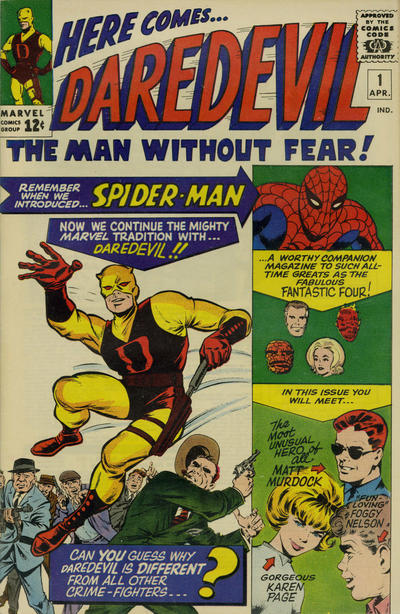
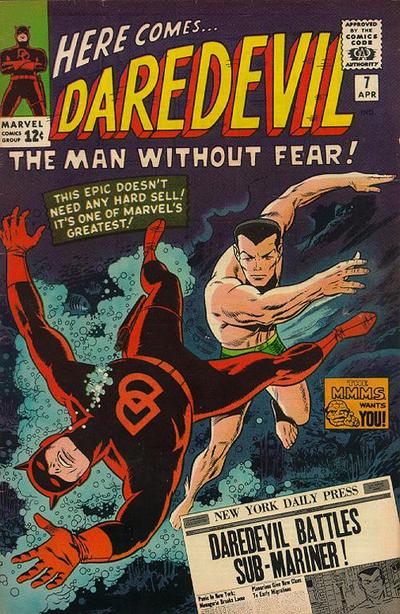
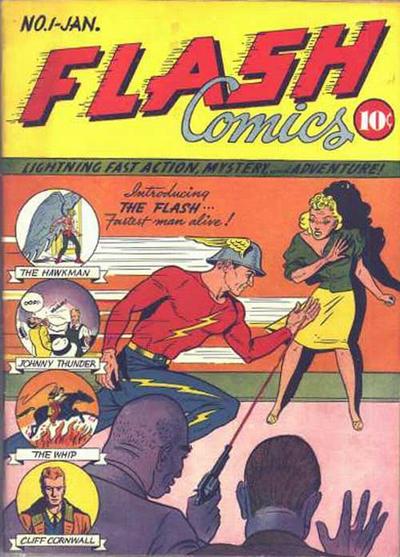
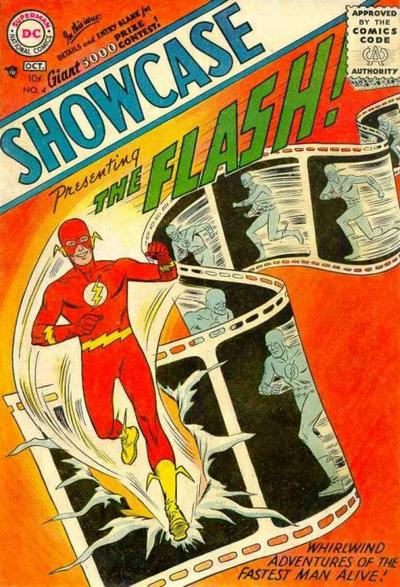
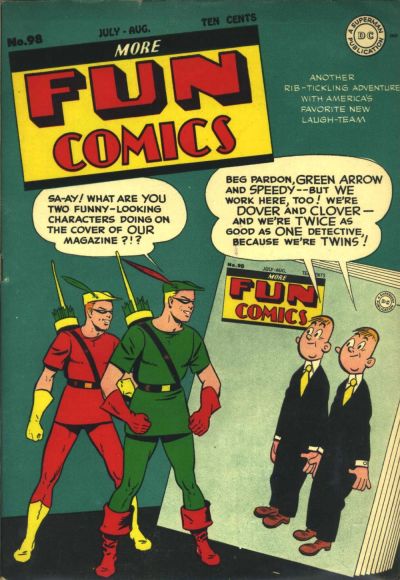
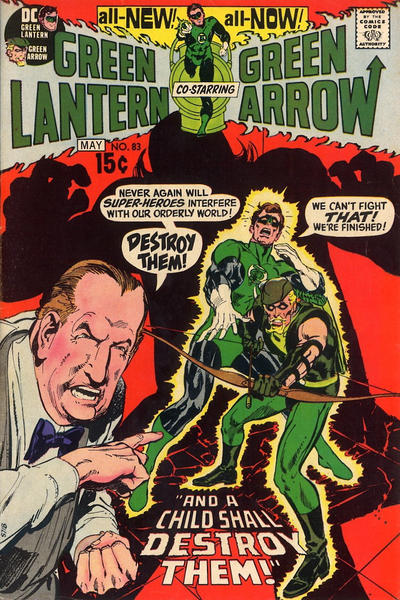
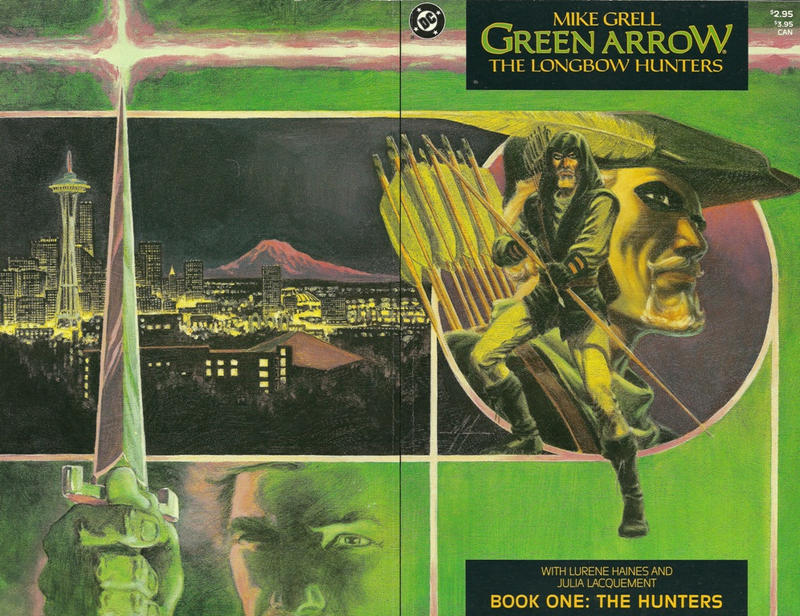
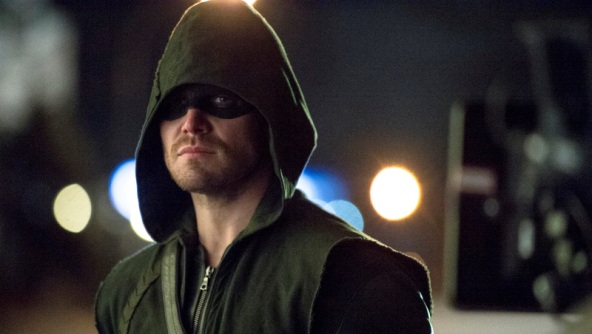
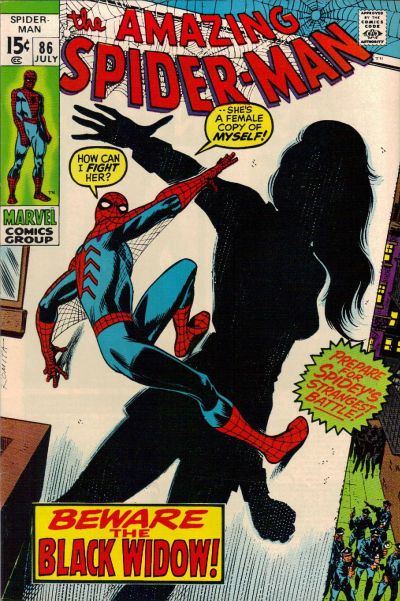
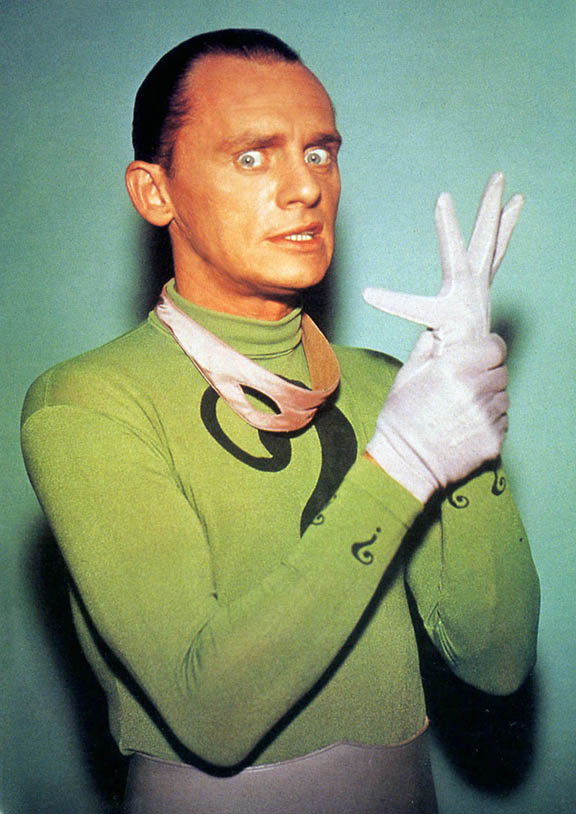
May 29, 2015
Interesting post. To me its really another question, though. Wood, whom I admire greatly, didn’t significantly add to DD. Although DD is probably my favorite comic, It was pretty predictable & changed very little until Frank Miller came along. The interest in DD, & the wider interest in superheroes, stems from Miller, Moore, Chaykin, etc, as opposed to the Stan Lee/Wally Wood/Don Hecks of the 1960s. To me Kirby & Ditko are the exceptions, who do deserve credit for the current interest in superheroes.
May 29, 2015
You’re not wrong, Steve. I think you’ve nailed why the producers picked the people they did for the credits.
June 7, 2015
“Wally Wood was a legendary comics artist. At Marvel, he worked on Daredevil; it was a brief but influential run in which he contributed numerous elements that may have saved the series and character.”
— HEAVY METAL .COM
June 7, 2015
“[Wallace] Wood told [me] that as the reason he left Marvel; that he felt he was contributing too much to the storylines to not be paid some of the writing fee and that he had been promised a profit-sharing deal if his art boosted the sales on DAREDEVIL …which it did. And then he didn’t get the extra money.”
— Mark Evanier, facebook Nov 21, 2012 at 6:37pm
June 7, 2015
On May 10, 2015, DAN BRERETON posted this on his facebook page:
“While not always quickly recognized, Wallace (Wally) Wood’s influence is pervasive throughout pop culture. I was a fan of Wally’s work at such a young age, it took a decade before I even knew it! From Mars Attacks, to Daredevil, to Power Girl, to his unmistakable black-and-white wizardry and storytelling. We all owe Wood our thanks.”
June 7, 2015
Standing up for credit where credit is due is the right thing to do. Thanks to Hollywood unions and guilds, film and TV industry contributors are most-often compensated and credited — film credits regularly run into thousands of names. But the handful of creators who actually developed now-billion-dollar properties that were originally launched in 1960s and ’70s comicbooks are “lucky” to get the slightest screen mention. That is unjust.
June 7, 2015
HOWARD CHAYKIN, April 29, 2015: “I can’t imagine any moral circumstance in which Woody’s contribution to Daredevil remains unacknowledged. The red costume, the first set of nemeses that became a big part Daredevil’s rogue’s gallery, the visual key to the character’s radar sense, & so many other elements that are intrinsic to the character and franchise derived from his stint on the book. It in no way diminishes Bill Everett and his creation of the character to acknowledge Wallace Wood’s participation in the development of the character we recognize today.”